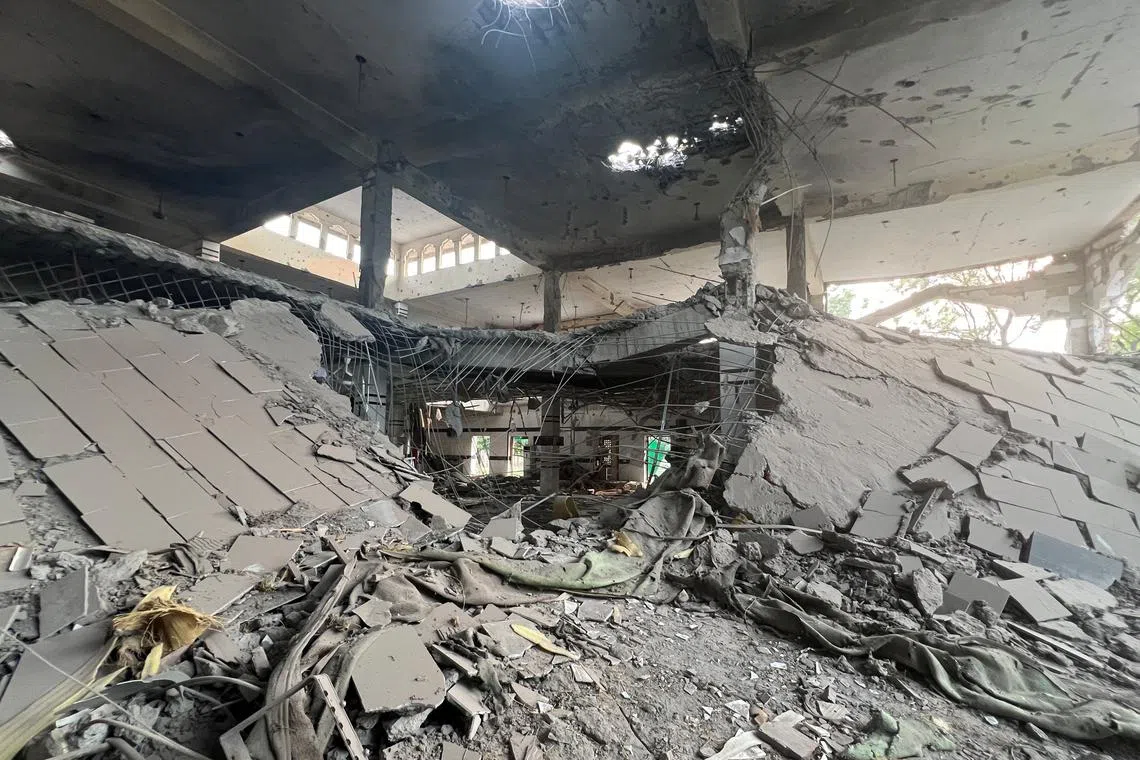For subscribers
Luck stands between de-escalation and disaster for India and Pakistan
Sooner or later, the luck will run out.
Sign up now: Get ST's newsletters delivered to your inbox

A view of a damaged portion of a mosque, after it was hit by an Indian strike, in Muridke near Lahore, Pakistan on May 7.
PHOTO: REUTERS
The Economist
Follow topic:
The spectacle of India and Pakistan teetering on the threshold of war and then backing off is both alarming and familiar. This time, the odds remain in favour of de-escalation, as before. Yet, the past two weeks show that relations between the two nuclear powers, which have flared into open conflict four times since partition in 1947, are increasingly unstable and dangerous. It is more important than ever that the two sides address their differences, including Pakistan’s reckless indulgence of militant groups, which threatens itself and India.
On May 7, Indian missiles struck Pakistan and the Pakistani-ruled part of Kashmir, a terrorist attack on April 22 that killed 26 civilians

